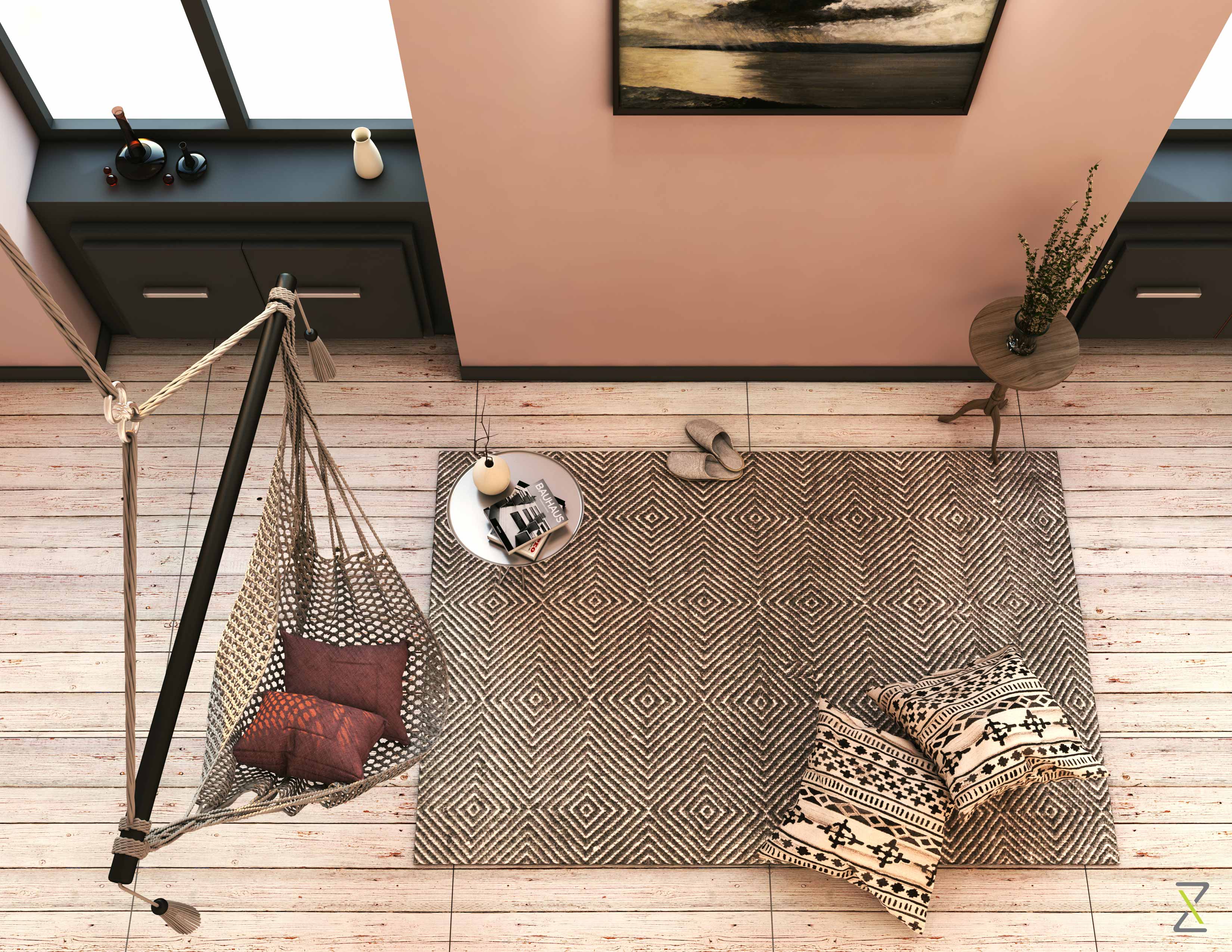Space Design
What is Minimalism?
More than a design ‘style’ from a visual point of view, minimalism is a principle – that of removing all unnecessary decor or features from an object and leaving only those that serve the purpose of the object. By doing so, the object is left in its pure form to deliver, without hindrance, that which it was created for in the first place.
To quote Ludwig Mies van der Rohe, “Less is More”.
Whether it be living a minimalist lifestyle or designing an easy-to-use website, minimalism is always about removing what is unnecessary and keeping what is essential. This allows for a clearer focus on what matters most.
What Colours Are Usually Used in Minimalist Interiors?
When it comes to minimalist interior design, a muted colour palette – most commonly black, white and grey – is usually incorporated, to emphasise the clean lines, give the feeling of space and keep the look modern and natural, omitting bright colours that can distract.
Such thinking would be hard pressed to find a spot in India, where we are known for our loud colours, ornate decor and intricate patterns.
But what if there were a middle ground? One that understands that the Indian market is ready to adopt the new and the modern, but perhaps not quite ready to let go of the warmth that we are accustomed to in our homes, and indeed, our way of life.
How Can Minimalist Interior Design Find a Place in India?
Zeitgeist’s design strategy when it comes to finding that sweet spot has been to use a Greige palette while incorporating modern minimalist interior design into various spaces, ranging from hotel lobbies to private homes.
Greige, which is basically a mix of the colours grey and beige, offers in its spectrum a variety of colours that are neutral enough to stay minimalist, yet have the warmth that appeals to the Indian consumer’s sensitivities.
With this strategy textiles and patterns can still be incorporated, as can an array of beautiful natural materials like various natural stones and fabric that India is so well known for.

In this sectional snapshot of a kitchen that was designed by Zeitgeist, we have incorporated clean lines and a greige palette, but have introduced copper fittings and accessories to retain an Indian feel.

In this laid back minimalist living room, we have incorporated a greige palette into the patterned decor elements and material like jute, keeping the room Indian, yet modern.
